THE MORGAN PEARL

MorganPEARL “OurVision” Anenvironmentalresearch laboratorythat: generatesscientific knowledgethrough innovative, interdisciplinary environmentalresearch; embracesapublic university’srolein translatingthis knowledgeto stakeholdersforthe benefitofthepublic;and inspiresthenext generationofscientists, policy-makersand environmentally-aware citizensthroughcoastal fieldexperiences, mentoredresearch opportunities,and environmentaleducation..
Meet our 2024 Summer Interns Learn about new strategic hires View highlights from the recently established Biogeochemistry Lab Explore recently funded projects Hear the latest from our Hatchery And much, much more!

developments in the Morgan PEARL Newsletter!
issue, you will...
Explore the freshest
In this
Spring/Summer 2024
From the Director
Spring is here, and the weather isn't the only thing that is heating up! In this newsletter, you are going to learn about our recently funded projects, hear about progress on existing projects, meet new employees, and say farewell to a key member of our team. So much to talk about!
Our $1,000,000 federal grant (shoutout to U.S. Senators Ben Cardin and Chris Van Hollen) is firing on all cylinders. Through this grant, we have: established four new Chesapeake Bay carbon monitoring locations; acquired a 25-foot research vessel to support our long-running blue crab survey; hired Randy Feris - our new Coastal Operations Specialist; and on-boarded five interns (part of a 11 student cohort this summer).
Since I spoke to you last Fall, PEARL has been on fire with new grants and contracts. PEARL researchers serve as Principal Investigator in two(!) Maryland Sea Grant proposals recommended for funding by Maryland Sea Grant. The two research grants will leverage PEARL expertise and facilities in very different ways. In research led by PEARL’s Aquaculture team, we will be working to address a key obstacle in soft-shell clam aquaculture by reducing summer mortality of this species. In research led by PEARL’s Environmental Economics team, we will be working closely with Morgan main campus faculty, UMCES CBL faculty and South Baltimore communities to co-produce research that will improve access to coastal spaces for community residents.
Other exciting research projects kicking off include another soft shell clam project funded by the U.S. Department of Agriculture, a project estimating the economic impacts of harmful algal bloom funded by the U.S. Army Corps of Engineers, an Economics Aquaculture Collaborative project funded by NOAA, and a Chesapeake Bay Blue Crab Stock Assessment project funded by the Atlantic States Marine Fisheries Commission. These projects involve partnerships across the University of Maryland, Virginia Tech, University of Maine, and other academic institutions. All told - six new projects bringing just over $1,000,000 research funds to the Morgan State PEARL.
Finally, a quick plug to promote PEARL’s social media presence. Our amazing Technology Support Specialist Monique Reed is taking our social media game to the next level, highlighting all sorts of interesting and exciting things happening with PEARL research and education. Last month, we shared a video of two 11-day old soft shell clam larvae involved in an old-fashioned sibling face-off. Please consider following and engaging through Instagram (and Facebook), to keep up to speed on the latest and greatest at the Morgan PEARL.
Best, Scott Knoche


Coming Comingsoon! soon!
Aquaculture Interns

Shelby Dittman
St. Mary’s College of Maryland, Senior Biology and Marine Science Majors
Biogeochemistry Interns
Education News
PEARL is excited to welcome 11 new interns TO our 2024 Summer Internship Program

Jack Hartsig University of North Carolina Wilmington, First Year Marine Biology Major

Thomas White Eckerd College, Senior Marine Science and Environmental Studies Majors

Imani Washington Morgan State University, Sophomore Biology Major
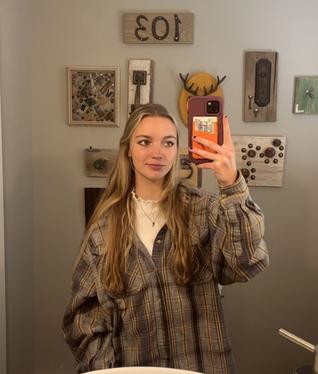
Lilah Shepherd Virginia Tech, First Year Environmental Science Major

Washington College, Junior Environmental Science and Chemistry Majors
Halina Saydam
Education News
Blue Crab Interns
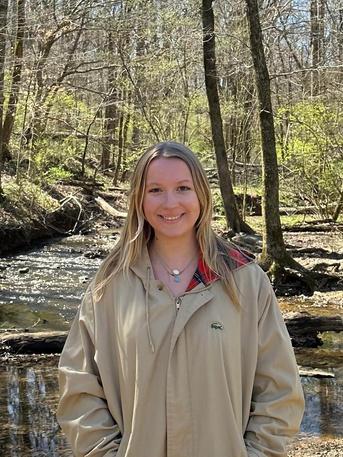
Sara Dapp
St. Mary’s College of Maryland, Junior Environmental Studies Major
Coastal Ecology Interns
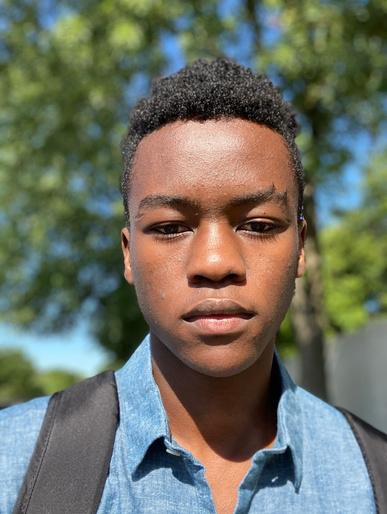
Duke Ogoti
Morgan State University, Senior Biology Major

Brittney Douglas
St. Mary’s College of Maryland, Senior Marine Science Major

Motunrayo Okubanjo
Morgan State University, Sophomore Electrical Engineering Major
Our Spring Technicians
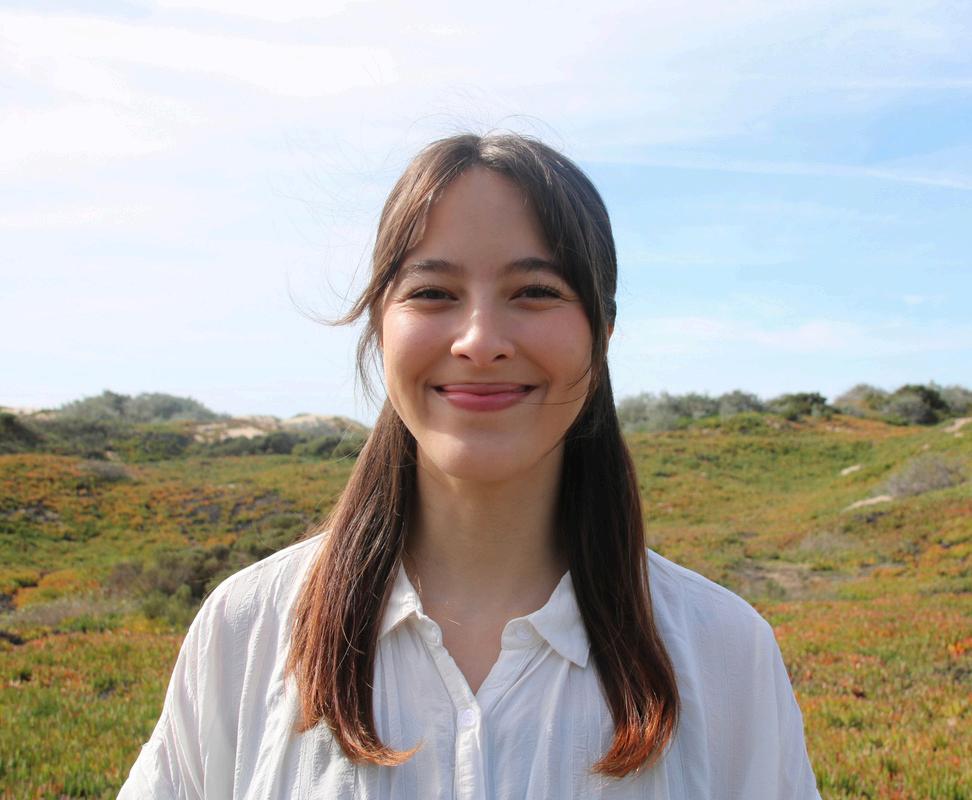
Morgan Martinez
University of California Berkeley, Marine Science Major (Recent Graduate)
The Aquaculture and Biogeochemistry Labs welcomed returning intern Dwight Stephens, Jr. and new intern Tanya Sharma for the spring semester. Both interns are working in the Biogeochemistry Lab to help prepare for sampling efforts and to process samples after collection. In the Aquaculture Lab, they are helping with water changes, spawns, and more!
Education News
Second Year Experience - Harvest Day - Career Exploration Day
PEARL Education Coordinator Amanda Knobloch partners with local school districts and the Morgan State main campus to provide marine and environmental science opportunities to students.
The Morgan State Second Year Experience brought students from Morgan’s main campus to PEARL to learn about careers in marine science (see below pics).
The PEARL also had interactive demonstrations at Huntingtown Elementary School’s Harvest Day and Old Mill Middle South School’s Career Exploration Days. Students at both of these schools learned about aquaculture, oyster farming, and more through interactive, hands-on activities designed for elementary and middle school students.

PEARL Director Scott Knoche talks to Second Year Experience students about the ecology and economics of blue crabs in the Chesapeake Bay.
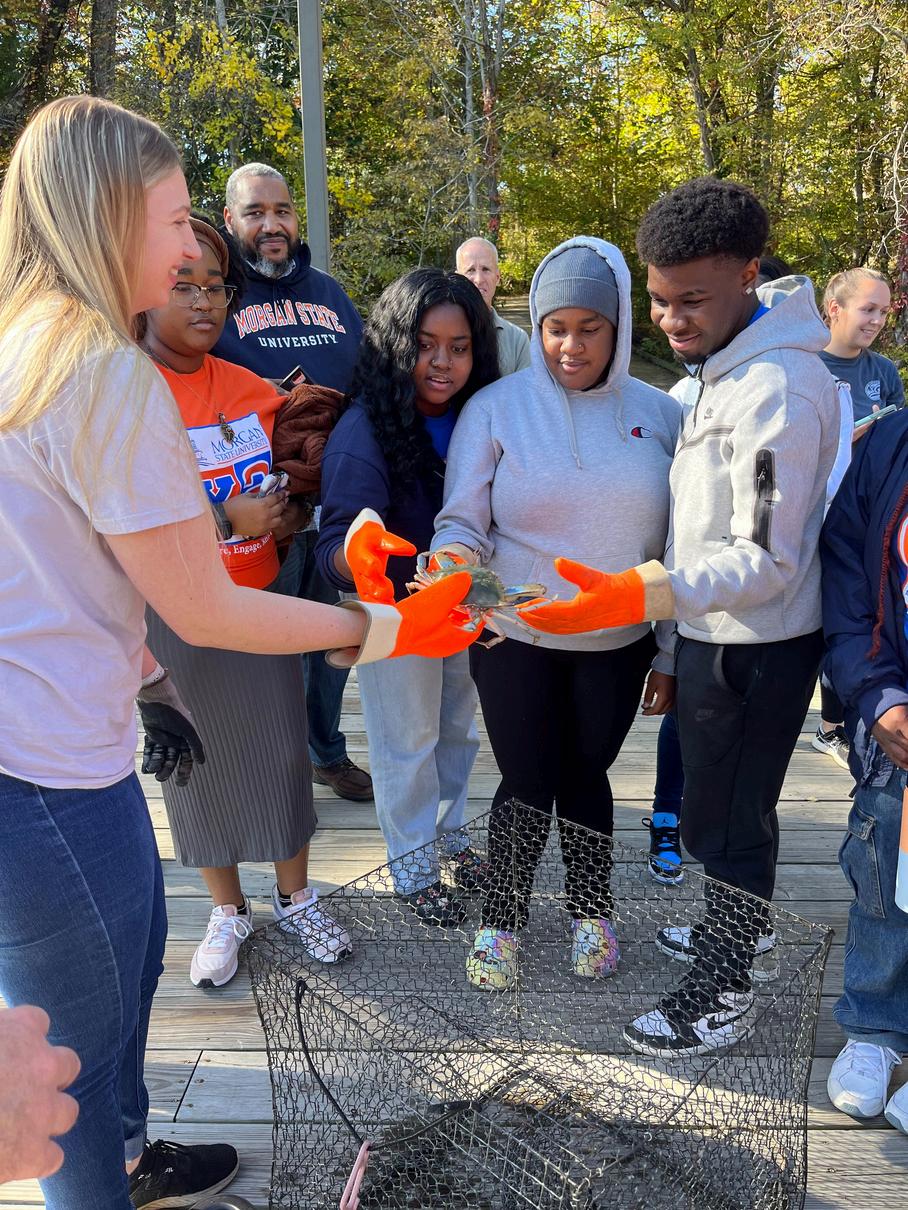
Graduate student Amanda Bevans shows off a blue crab to Second Year Experience students.

We're excited to share that our support staff has grown with the arrival of two new talented and experienced individuals to our team: Monique Reed and Randy Feris.
Monique Reed joined the PEARL team as our new Technology Support Specialist. Monique stepped into her role in November 2023, bringing with her a wealth of enthusiasm, expertise, and a true passion for all things wired. She is currently pursuing her Data Science degree at University of Maryland Global Campus. When she's not busy enhancing PEARL’s social media platforms, you can often find her enjoying leisurely walks with her furry friend or curled up on the couch with a good book.
Monique's vibrant energy and dedication to innovation have already made a positive impact on our team dynamics. Be sure to check out her latest additions to our social media!
Randy Feris joined the PEARL team as our new Coastal Operations Specialist in March 2024. With a background in marine science and research, Randy brings invaluable expertise, including laboratory support for essential research programs and vessel operation safety. Randy has excelled in various research roles, supporting fisheries stock assessment efforts and contributing to statistical modeling. He has recently received an M.S. in Marine Studies at the University of Delaware. As a United States Marine Corps veteran, his technical skills in water support and hazardous materials safety further enhance our team's capabilities. We're thrilled to work with Randy and we extend our warmest welcome as he joins us at PEARL.
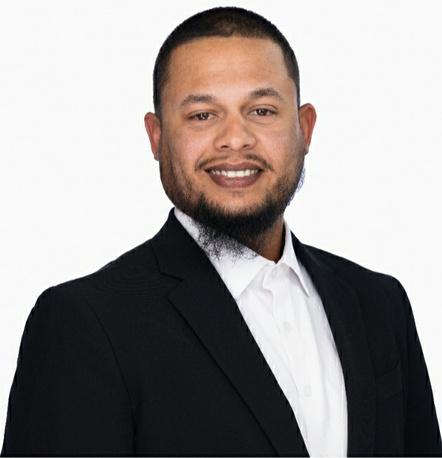 Monique Reed - Technology Support Specialist
Randy Feris - Coastal Operations Specialist
Monique Reed - Technology Support Specialist
Randy Feris - Coastal Operations Specialist
Coastal Biogeochemistry News
New Equipment and Test Sampling for the Biogeochemistry Lab!
Thanks to the Federal Earmark and support from the National Science Foundation, the Biogeochemistry Lab has acquired and installed new monitoring equipment! This includes a Carbon, Hydrogen, Nitrogen, Sulfur, Oxygen (CHNS/O) Analyzer which will be used to study solid samples, a Total Organic Carbon Analyzer (TOC-L) with a Total Nitrogen Module (TNM-1) for liquid samples, and a spectrophotometer to study colored dissolved organic matter (CDOM). The first two instruments are used to study concentrations of carbon and organic matter in the water, while the spectrophotometer is used to study where that organic matter came from and what is likely to affect it in the future.
Here is an example of how the Biogeochemistry Lab collects samples for the two projects. An automatic water sampler is set on a dry surface, and tubing extends out to collect water. This picture is from the shoreline restoration site at Jefferson Patterson Park and Museum

Dr. Amanda Knobloch’s Biogeochemistry Lab is organized around two core projects that shed light on the coastal carbon cycle. The first project compares carbon cycling in tidal marshes and oyster aquaculture facilities. Climate change and land use change have led to the loss of tidal marshes throughout the Chesapeake Bay, while the increased demand for seafood has led to a greater number of oyster aquaculture farms. Tidal marsh and oyster farms have the potential to affect the coastal carbon cycle in similar ways, and this study examines whether oyster farms could replicate tidal marsh contributions to the coastal carbon cycle This study will take place in three locations: Jefferson Patterson Park and Museum (location of PEARL), an oyster aquaculture facility and marsh along the Potomac River, and the oyster aquaculture facility and tidal marsh at UMCES Horn Point Laboratory on the Eastern Shore.
The second project aims to understand and compare carbon cycling across three different coastal environments: an oyster aquaculture facility, a tidal marsh, and a shoreline affected by shoreline restoration activities.
As this program is just getting started, a test sampling was recently conducted to ensure that our sampling equipment works and our sample processing procedures were appropriate After a lot of trial and error, we were able to successfully complete a test sampling and process the water samples. The full sampling program will begin in June 2024.
Environmental Economics News
PEARL’s Environmental Economics Team Lands Funding from Maryland Sea Grant, U.S. Army Corps of Engineers, and NOAA
The PEARL economics team is launching three different projects supported by Maryland Sea Grant, the US Army Corps of Engineers, and the National Oceanic and Atmospheric Administration Office of Aquaculture.
Baltimore BLUE-CORE: BLUEspace COllaborative REsearch for Urban Coastal Access and Climate Resilience in South Baltimore
The Baltimore BLUE-CORE project is supported by Maryland Sea Grant and will be led by the PEARL Environmental Economics team (Dr. Scott Knoche and Dr. Kehinde Ojo) in collaboration with two Morgan State University faculty (Dr. Samia Kirchner from the School of Architecture and Planning and Dr. Mark Barnes from the College of Liberal Arts) and a research professor from UMCES CBL (Dr. Lisa Wainger). While Baltimore City boasts a 61-mile coastline that supports international commerce, maritime activities and waterfront businesses, underserved coast-adjacent South Baltimore neighborhoods such as Brooklyn, Curtis Bay, Cherry Hill, and Brooklyn Park have limited access to the City’s coastal waterfront. This limited access prevents residents from realizing the physical and mental health benefits of these “blue spaces” and also hinders the equitable distribution of climate resilience benefits. This project aims to develop and enhance stakeholder relationships, producing collaborative research that will ultimately
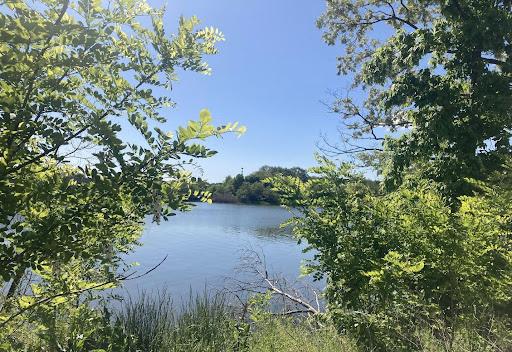 Photo Credit: Dr. Kehinde Ojo
View of Patapsco River from Cherry Hill Park in Baltimore City.
Photo Credit: Dr. Kehinde Ojo
View of Patapsco River from Cherry Hill Park in Baltimore City.
Environmental Economics News
Economic Valuation of Harmful Algal Bloom Control in Freshwater Lakes and Reservoirs
This project - financially supported by the U.S. Army Corps of Engineers - is a collaboration between the PEARL Environmental Economics Team (Dr. Scott Knoche, Dr. Kehinde Ojo, and Anjali Gulati) and researchers from UMCES CBL (Dr. Lisa Wainger) and UMCES IMET (Dr. Al Place). This project uses a diverse range of economic tools - including return-on-investment and benefitcost analysis - to estimate the benefits of controlling harmful algal blooms (HABs) in U.S. freshwater lakes and reservoirs. Tasks associated with the project include a comprehensive assessment of the past and potential future socioeconomic impacts of HABs in these waterbodies. A key output will be a national-scale estimate of the economic benefits resulting from reduced HAB intensity and spread. Ultimately, this project will provide valuable insights that will help guide the effective management of HABs across freshwater ecosystems throughout the U S safeguarding the health of aquatic environments and communities nationwide
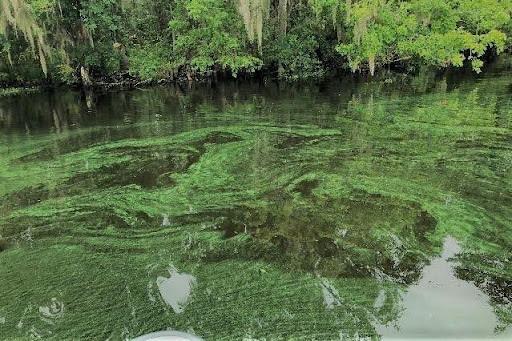

Partnership to Advance
This two-year project, supported by NOAA Aquaculture, provides funds to the PEARL Environmental Economics team to hire and train a graduate student at Morgan State University in a broad array of aquaculture economics techniques. In Year 1, the student will develop a concept for a research project that addresses key aquaculture economics questions. In Year 2, the student will carry out the research project while co-mentoring an undergraduate student as part of the MSU PEARL Summer Internship program.
Photo Credit: Protecting Florida Together
Aquaculture Economics and Marketing Research and Extension
Photo Credit: University of Maryland Extension
Recirculating Aquaculture Systems for salmon..
Presence of harmful algal bloom in water.
Coastal Ecology News
PEARL Graduate Students Receive Conference Awards!
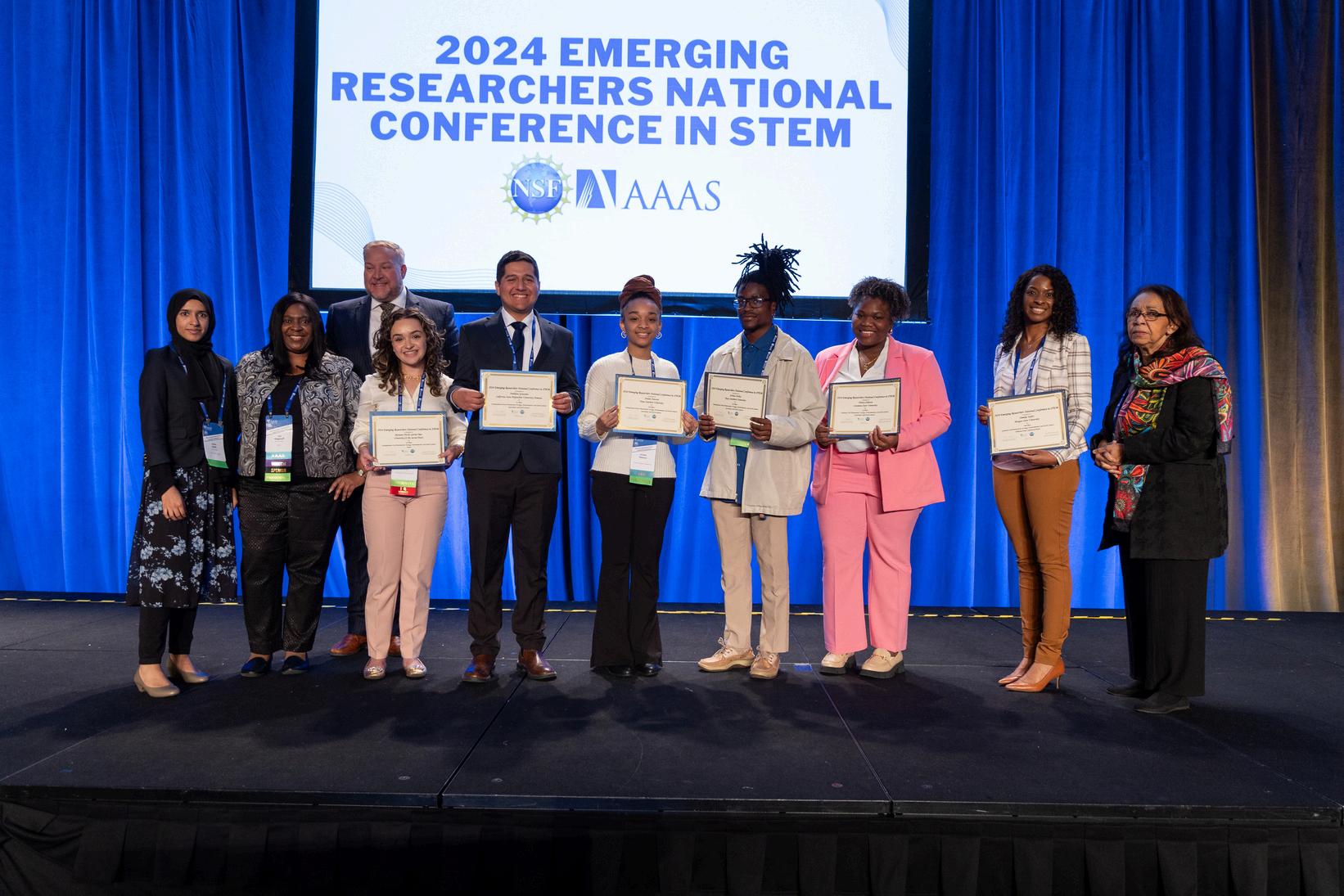
Morgan PhD student Tameka Taylor (pictured far right) and other award winners at the 2024 ERN Conference in STEM.
Tameka Taylor wins 2nd place at the 2024 Emerging Researchers National (ERN) Conference in STEM
Dr. Chunlei Fan’s microplastics team (Dr. Bhatt, Tameka Taylor and Sara Rostampour) attended the 2024 Emerging Researchers National (ERN) Conference in STEM in Washington, D.C. on March 14-16th. Tameka Taylor was awarded 2nd place in the Graduate Oral Presentation category! Tameka Taylor is a doctoral candidate in the Bioenvironmental Science PhD Program at Morgan State University.
Morgan PhD student Amanda Bevans wins the Best Poster Award at the Alliance for the Chesapeake Bay Watershed Forum
PEARL had a strong presence at this year’s Watershed Forum with our Coastal Ecology team from the Ihde Lab. The Alliance for the Chesapeake Bay provided generous scholarship support for both students and faculty who participated. Morgan PhD student Amanda Bevans won the Best Poster Award for her poster entitled “Modeling the Effects of Habitat Changes in the York River Ecosystem, Chesapeake Bay. ” PEARL Research Associate Emily Hoyt presented a poster entitled “An exploration of natural mortality and maximum age estimates for Chesapeake Bay fishes.” Additionally, Dr. Amanda Knobloch (PEARL Education Coordinator) and Dr. Ihde coordinated and moderated a session at the conference called “A Safe Space for Student Presentations. ” The session was designed to encourage students to present their first oral presentation at a professional conference. PEARL Research Technician Ms. Hoyt also contributed a wellreceived oral presentation to this session on her work entitled “The Effects of Spatial Bias on the Management of Fished Populations.”
2023 Chesapeake Oyster Science Symposium
Members of the Ihde Lab are frequently seen presenting in regional science symposia. Morgan PhD student Muhammad Sulyman presented his preliminary research results in a lightning talk at the 2023 Chesapeake Oyster Science Symposium entitled “Modeling Impacts of Habitat Change on Commercial Fisheries in Virginia’s Middle Peninsula.”
Coastal Ecology News
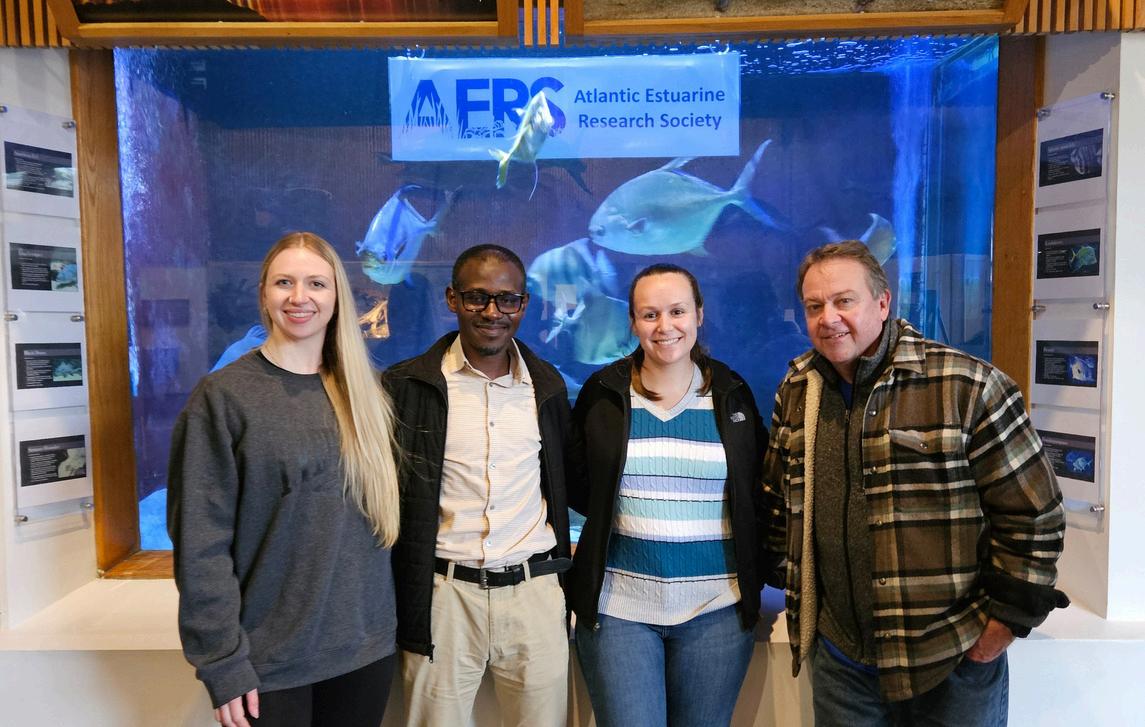
Atlantic Estuarine Research Society (AERS) - Spring 2024
In March, Muhammad Sulyman, Amanda Bevans, and Emily Hoyt gave presentations at the AERS meeting in Virginia. Mr. Sulyman and Ms. Hoyt presented posters entitled: “Modeling Changes to Foundational Habitats in the Piankatank River, Chesapeake Bay.” and “Mysid Habitat Preferences and Niche Overlap in Patuxent River, Chesapeake Bay.”, respectively. Ms. Bevans gave an oral presentation entitled: “Understanding Foundational Habitat Changes in the Chesapeake Bay with a York River Ecosystem Model.”
Former PEARL Intern earns Fulbright Scholarship
Other Hightlights from the Ihde Lab
In addition to our presentations at the various conferences, we continue to finalize our modeling results to understand the impacts of oyster restoration in two Virginia tributaries of the Chesapeake Bay and we are beginning to get our long-term Blue Crab Survey underway (more than 55 years monitoring the Chesapeake crab population)!
Four new summer interns will be joining the Ihde Lab! Joining the Blue Crab Survey for its 56th summer, are two St. Mary’s College students, Sara Dapp and Brittney Douglas! Two more young scientists, Motunrayo Okubanjo (Morgan State University), and Morgan Martinez (University of California, Berkeley) will be working on a collaborative project with Johns Hopkins University’s Applied Physics Laboratory documenting the succession of the fouling community using Artificial Intelligence. Motunrayo and Morgan will be working closely with both Dr. Ihde and Dr. Michael Cyrana (JHU-APL) to improve our understanding of how different species found in fouling communities indicate system health.
Graduate students, Amanda Bevans and Muhammad Sulyman, Research Assoc. Emily Hoyt, and Dr. Thomas Ihde at the AERS Spring Meeting.
Aquaculture News
Soft-Shell Clams
The Ongoing Battle to Combat Heat-Related Summer Mortality
The warm water that is present in Maryland can be a double-edged sword for culturing soft-shell clams. On the one hand, it can facilitate increased clam growth compared to those clams grown in New England. On the other hand, the peak heat of the Maryland summer is typically fatal to clams that are raised in aquaculture gear, as this prevents farmed clams from burrowing deep into sediment to evade heat as they would do in their natural environment. Our previous research reveals that soft-shell clams can reach 1.8 inches in length during a 7.5 month period. With this in mind, our theory is that we can increase the size of harvested clams by deploying them earlier, allowing them more time to grow before summer mortality becomes an issue. Producing clams that measure 2 inches in length is an important metric, as this is the legal harvestable size for the Maryland wild clam fishery.
Tothisend,theaquacultureteamperformedaheattoleranceexperimentinSummer2023toidentifythe lethaltemperaturethresholdforclamsofdifferentageclasses.Theseresultsareintendedtoguide optimaldeploymentandharvesttiming.Resultsshowedthatsoft-shellclamseedarehighlytolerantto temperaturesover30°C(86°F),exhibitingahighsurvivalrateof98%.Ontheotherhand,allone-year-old juvenileandadultclamsperishedwhenexposedtothesametemperaturesintheheattolerance experiment.
The above results suggest clam seed could be deployed in high temperatures (July or August) and then harvested in June or early July the following year before water temperatures reach lethal levels. Our newly tested clam seed that were deployed in August 2023 have exhibited fast growth. By midMarch 2024, the average shell length reached 39.5 mm (1.55 inches) with the largest shell length measuring 43.24 mm (1.7 inches). Based on this information, we believe it’s possible for these soft-shell clams to exceed two inches in length by the end of May 2024.

Research Technician Leigh Wolfe-Bryant performing monthly growth and survival assessment on our 2023-produced softshell clam seed.
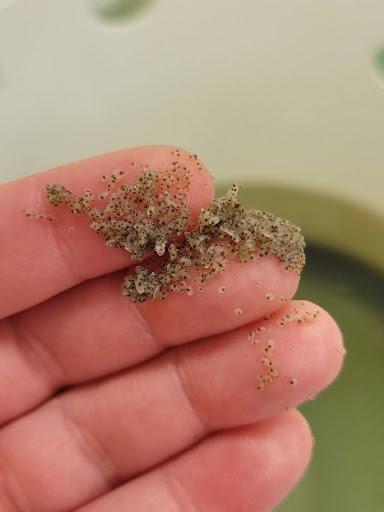
Aquaculture News
2024 Soft-Shell Clam Spawning Season
PEARL’s Aquaculture Team initiated spawning this March, successfully producing millions of soft-shell clam larvae. The clams have since completed their metamorphosis and have transformed into clams you can finally see with the naked eye! This is the fourth year of successfully spawning softclams - the Team has the system down pat! The newly produced seed will be used in a research project that examines the effectiveness of different grow-out methods at several farms. Some clams will also be used for a project that seeks to identify the heat tolerance of the soft-shell clams. To see updated pictures and videos of our soft-shell clams, make sure to follow our social media accounts:
Soft-shell clam seed spawned in March of 2024 (35 days old).
Oysters & Genomic Selection
PEARL’s Dr. Ming Liu has developed a genomic selection model to identify desirable traits, specifically for high survival and growth, focusing on the Patuxent River wild oyster population. Earlier this year, the Aquaculture Team sampled over 300 wild oysters and sent them to a lab for genetic testing to identify which oysters possess the genes we are looking for. The resulting genetic information and the selection model will be used to determine which oysters are among the top 10% that possess the desirable traits (high breeding values) and thus will be used as parents for spawning to produce fast growing, low-salinity tolerant oyster lines. The Aquaculture Team plans on validating the effectiveness of the selection model by producing the oyster lines in May 2024 and evaluating their performance in the field.

 PEARL‘s spring semester intern, College of Southern Maryland student Dwight Stephens, collecting an oyster tissue sample for genomic selection.
PEARL‘s spring semester intern, College of Southern Maryland student Dwight Stephens, collecting an oyster tissue sample for genomic selection.
Farewells & New Beginnings
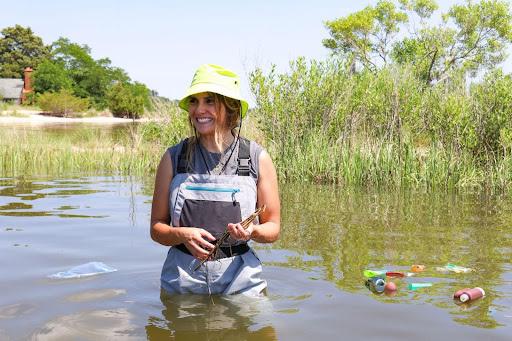
Kaitlynn Ritchie, a key member of our Environmental Economics Team, is departing PEARL to work with NOAA’s Weather Service
It is bittersweet that we announce the departure of our colleague, Kaitlynn Ritchie, from her role as Senior Research Associate here at PEARL. For the past five years, Kaitlynn has been an invaluable member of our Environmental Economics team as well as the PEARL team as a whole. Kaitlynn never failed to bring her expertise, passion, and unwavering commitment to every project she was involved in. Kaitlynn has been instrumental in shaping the fabric of our team and the trajectory of our research endeavors. Her combination of high technical aptitude and great people skills ensured that project deliverables were of the highest quality and easily understood by resource managers and others outside the economics profession.
While it is undoubtedly difficult to bid farewell to someone as talented as Kaitlynn, we are excited to share that she has accepted an exciting new opportunity with NOAA’s Weather Service. This new chapter in her career promises new challenges and opportunities for growth, and we are sure that she will excel in her new role.
Welcome Back
Anjali Gulati to the Environmental Economics Team
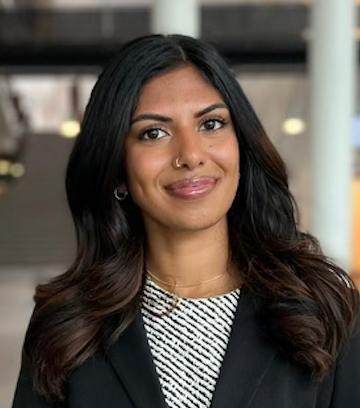
Anjali Gulati graduated from Morgan State University in May 2021 with a B S in Economics and minor in Finance before going on to pursue a Masters in Political Economy from Georgetown University, of which she spent two semesters studying in Belgium at Solvay Brussels School of Economics and Management (’22). She is continuing her education with the National Association for Business Economics’ (NABE) Certified Business Economist (CBE) curriculum as the 2024 Frank Schott Memorial Scholarship recipient. Anjali began her career in environmental economics as a PEARL intern in Summer 2020 and continued as a Research Technician through 2021. Anjali is experienced in consulting, research, and advocacy at the state and federal levels. She currently works part-time with Interfaith Power & Light, a non-profit that works with communities of all faith traditions to frame the religious response to climate change through greening, education, and advocacy. Returning to the PEARL as a Research Associate, Anjali will be conducting a literature review to support the economic valuation of freshwater lakes and reservoirs experiencing harmful algal blooms (HABs), while also providing support on other projects.
pictured left: Anjali Gulati
Kaitlynn Ritchie


Morgan State University PEARL 10545 Mackall Rd. St. Leonard, MD 20685 Phone: 443-885-5926 Fax: 443-885-8402 E-mail: jody.gregory@morgan.edu For more information, visit www.morgan.edu/pearl


















 Monique Reed - Technology Support Specialist
Randy Feris - Coastal Operations Specialist
Monique Reed - Technology Support Specialist
Randy Feris - Coastal Operations Specialist

 Photo Credit: Dr. Kehinde Ojo
View of Patapsco River from Cherry Hill Park in Baltimore City.
Photo Credit: Dr. Kehinde Ojo
View of Patapsco River from Cherry Hill Park in Baltimore City.







 PEARL‘s spring semester intern, College of Southern Maryland student Dwight Stephens, collecting an oyster tissue sample for genomic selection.
PEARL‘s spring semester intern, College of Southern Maryland student Dwight Stephens, collecting an oyster tissue sample for genomic selection.



